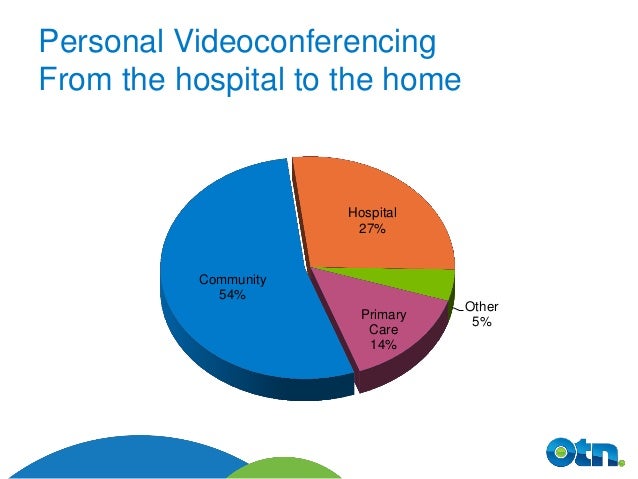
For example, an observational study conducted in British Columbia to assess patients’ opinion of virtual visits reported that about 93% of patients had a positive experience with virtual visits, and 91% described it as helpful to resolve their health issues. Many studies have documented a satisfactory experience for patients and providers when using virtual care. Overall, the use of virtual visits has been associated with high patient satisfaction, better access to care, and overall cost savings. For patients with limited access to transportation, mobility impairments, or residents in a long-term care setting, this modality of care allows them to continue receiving medical guidance and support managing their conditions. Įvidence shows that virtual care opens new possibilities to overcome barriers for patients who have difficulty attending in-person care and ensures equity in accessing care. Virtual care platforms may be integrated within clinicians’ electronic medical records (EMR) or non-integrated. To support the uptake of virtual care within the Canadian healthcare settings, governmental agencies such as Ontario Health (Ontario Telemedicine Network division) and private corporations such as Novari Health (Kingston, Ontario, Canada), Think Research (Toronto, Ontario, Canada), Google (Mountain View, California, United States), Apple (Cupertino, California, United States), Microsoft (Redmond, Washington, United States), Zoom (San Jose, California, United States), and others are providing various platforms. However, a large study conducted in 2020 evaluating 14,317 virtual care visits in Canada reported that both patients and clinicians are more inclined to use asynchronous communication in the form of secure messaging for their virtual care visits. Out of the 85.5 million virtual contacts covered under the Kaiser Permanente System health plan in the US, 50% were done by phone, 40% through secure messaging and 0.2% video visits. For any venue, virtual care requests can be initiated by patients for any non-urgent service. Such modalities include telephone calls and video conferencing (synchronous), which require both the patient and the healthcare provider to be engaged at the same time, and digital messaging modalities such as secure messaging, e-mail, and text messaging, supporting asynchronous communications. Different modalities are frequently used to conduct virtual visits, supporting both synchronous and asynchronous communication between healthcare providers and patients. Using various communication tools or information technologies, clinicians can interact with their patients within their circle of care remotely, enabling a virtual visit. One of the leading opportunities is virtual care. Digital tools can improve access to healthcare services and enhance care delivery. The advancement of information technology has allowed for incorporating digital infrastructure within the healthcare system. Moreover, 39% and 28% thought local colleagues and in-house organizational support are helpful resources, respectively. About 32% identified change management support and technical training as supportive tools. As for support tools, 47% of clinicians advocated for virtual care standards outlined by their profession’s college. In comparison, clinicians in urban areas were significantly more concerned about patients overusing virtual care services (39.4% vs. Clinicians in rural areas were more likely to consider the inconsistent Wi-Fi and limited connectivity as barriers to incorporating virtual visits within the practice setting (58.8% vs.


There were significant differences in perception of some challenges between clinicians in urban vs, rural areas.

For example, 58% were concerned about patients’ limited access to technology, 55% about patients’ knowledge of technology, and 41% about the lack of integration with their current EMR, the increase in demand over time, and the connectivity issues such as inconsistent Wi-Fi/Internet connection. Participants highlighted some challenges in offering virtual care. Overall, 74.5% of participants were satisfied with their experience using virtual visits, and 88% believed they could incorporate virtual visits well within the usual workflow. Participants anticipated continuing use of virtual visits with an average of 43.9% post-pandemic. Since the COVID-19 pandemic, clinicians who offered virtual visits have conducted an average of 66.4% of their visits virtually, compared to an average of 6.5% pre-pandemic.

Participants used different modalities to conduct virtual visits, with the vast majority offering visits via phone calls (99.5%). We received 207 responses, with 96.6% of respondents offering virtual visits in their practice.


 0 kommentar(er)
0 kommentar(er)
